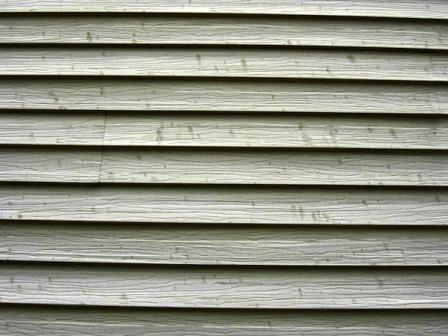Mastering Roof Inspections: Hail Damage, Part 7
by Kenton Shepard and Nick Gromicko, CMI®
Next, we’re going to spend some time on the forensics involved in identifying hail damage. “Forensics” means looking at damage from a variety of perspectives, including close up – in fact, so close that you might need a magnifying glass to see tiny clues, such as scratches – and also from farther away, so that you can see the overall pattern of hail strikes. You’ll also look at places other than the roof.
COLLATERAL DAMAGE
Before you go up on the roof, it’s a good idea to walk the perimeter of the home to look at collateral damage. We’ll discuss collateral damage in more detail later in this series.
Spatter
Strikes from hailstones will usually leave one of two types of marks: spatter or indentations. Hailstones which leave spatter marks are more like "sloshballs" than hailstones. When these sloshballs strike, they remove oxidation, dust, dirt, and microbial growth from whatever they hit.


Here, you see spatter marks interspersed with an indentation that could be hail damage, along with damage -- a slice -- that was not caused by hail.

Over time, spatter marks will re-oxidize, become re-covered by particulates, and will blend in with the surrounding surface, so spatter is really temporary discoloration rather than damage.

The shape of a spatter mark can offer information about hail size and the direction of fall. The long axis of the spatter mark will align with the direction from which the hail came.
The width of the spatter mark will give a rough indication of the hailstone’s size for hail smaller than 2 inches. With hail larger than 2 inches, the width of the spatter mark will increase significantly in relation to the actual size of the hailstone which made it.
SOURCE of DAMAGE
Indentations can have many causes other than hail. So, in looking at damage to a downspout, for example, you’d want to take note of:
- the downspout material -- whether it's aluminum, galvanized steel or copper;
- the number and concentration of indentations; and
- whether the indentations have scratches or creases in them. Hail does not scratch or crease metal.


These photos show actual hail damage to gutters. You can see that the force that created the indentations came from above.

**************************************************
Learn how to master a roof inspection from beginning to end by reading the entire InterNACHI series: Mastering Roof Inspections.
Take InterNACHI’s free, online Roofing Inspection Course
Mastering Roof Inspections
Roofing Underlayment Types
Inspecting Underlayment on Roofs
Fall-Arrest Systems
Roofing (consumer-targeted)
More inspection articles like this

